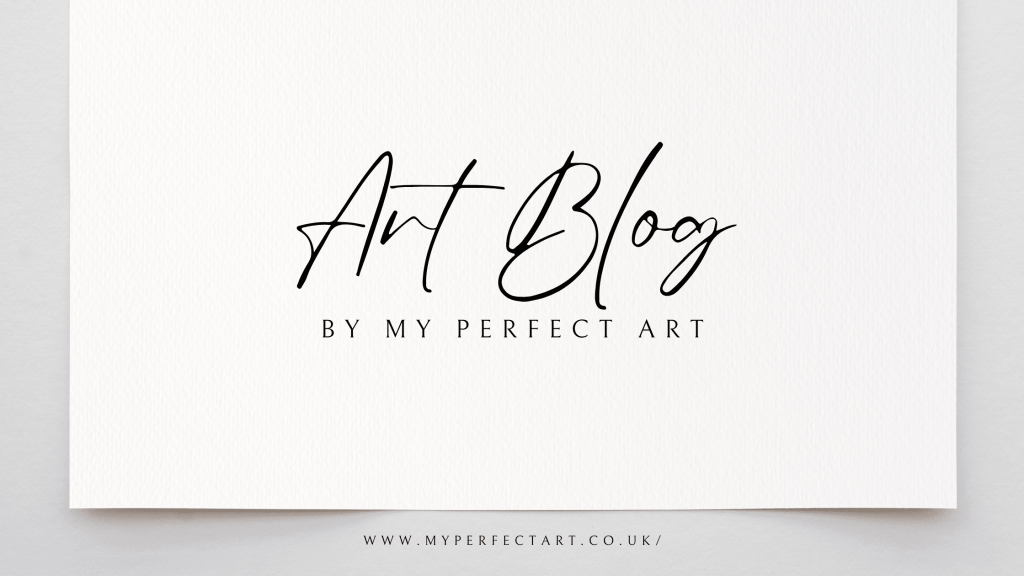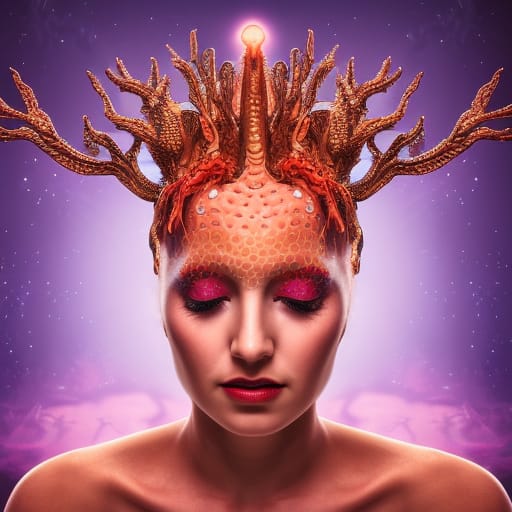Ai Art – How will the art world react?

In recent years, there has been a proliferation of online tools that claim to be able to generate “original” artwork using artificial intelligence (AI).
But are these art generators really creating something new, or are they simply plagiarising existing work? In this blog post, we will explore the phenomenon of Ai art generators and try to answer the question: are they plagiarism or innovative creativity?
What is AI Art?
There is no single answer to the question of what is AI art. To some, it may simply be art that is created with the help of artificial intelligence (AI) technology.
To others, AI art may refer to a specific type of art that is created by artificially intelligent systems. And still to others, AI art may encompass any and all art that is inspired by or related to artificial intelligence.
In its broadest sense, AI art can be seen as a meeting point between two burgeoning fields: artificial intelligence and digital art. As AI technology continues to develop and become more sophisticated, it is being used in an ever-increasing number of ways – including in the creation of artwork.
This has led to the birth of a new field known as AI art, which explores the potential of using AI technology to create works of art.
There are a number of different approaches that can be taken when creating AI art. One approach is to use AI technology to generate artwork automatically, without any human input.
This can be done by training an artificial neural network on a dataset of images and then having it generate new images based on what it has learned.
Another approach is to use AI technology to assist humans in the creative process, giving them suggestions or ideas for artwork that they may not have thought of themselves.
Whatever the approach, there is no doubt that AI technology is providing new opportunities for artists to explore and create innovative new works of art.
The Different Types of AI Art Generators
There are different types of AI art generators. Some use algorithms to create images from scratch, while others use pre-existing datasets to generate new versions of existing artwork.
Some AI art generators are capable of creating completely new pieces of art, while others can only create variations of existing artwork. There are also some that can only generate abstract art.
Which type of AI art generator you use will depend on your own preferences and what you want to achieve with your artwork. If you’re looking to create something completely new, then an AI art generator that creates images from scratch may be the best option for you.
However, if you’re looking to create a new version of an existing piece of art, then one that uses pre-existing datasets may be more suitable.
The Controversy Surrounding AI Art
As artificial intelligence (AI) increasingly enters the mainstream, its impact is being felt in a variety of industries – including the world of art. In recent years, a number of AI-generated artworks have been created, with some even fetching high prices at auction.
However, not everyone is convinced that these works constitute true art, with some accusing AI generators of plagiarism.
There are a number of reasons why some people are skeptical of AI-generated art. For one thing, these works are often created by algorithms that simply mimic or copy existing images or styles.
As such, they lack the originality and creativity that is typically associated with true artworks. Additionally, many AI-generated artworks are mass-produced, which further devalues them in the eyes of some.
That said, there are also those who argue that AI-generated art can be considered true art. After all, these works are created by machines that have been programmed by humans – meaning that there is a level of human involvement and creativity involved in their creation.
Additionally, some believe that AI-generated artworks can actually be more creative than traditional artworks, as they can explore new aesthetic possibilities that humans may not have thought of before.
Ultimately, whether or not AI-generated art can be considered true art is a matter of debate. However, there is no doubt that these works are having an impact on the world of art – and only time will tell what their legacy will
How AI Art is Generated
Art has long been an expression of human creativity, but what happens when artificial intelligence (AI) is used to create art? This new form of AI art, sometimes called algorithmic art or machine-generated art, is created using algorithms and software that can mimic the style of a specific artist or type of art.
Some people see AI art as a form of plagiarism, while others see it as a new form of creative expression. There are arguments to be made for both sides, but one thing is certain: AI art is here to stay.
So how is AI art generated? The process begins with a training set of data that contains examples of the type of art that the AI system will be creating. This data set can be created by humans or it can be harvested from existing artwork. Once the training set is complete, the AI system will use it to generate new artwork that mimics the style of the training set.
The results can be surprisingly good, but they often lack the originality and nuance of human-created art. That’s not to say that AI art is bad, just that it’s different. And as AI technology continues to evolve, we can expect to see even more amazing and realistic examples of AI-generated art.
Pros and Cons of AI Art Generators
There are a lot of different opinions out there about AI art generators. Some people see them as a form of plagiarism, while others see them as a way to create innovative new art. So what are the pros and cons of AI art generators?
On the plus side, AI art generators can help artists to create new and unique pieces of art. By using algorithms, they can generate endless possibilities for new designs, patterns, and colors. This means that artists can explore ideas that they might never have thought of before.
Another advantage of AI art generators is that they can save artists time. If an artist is struggling to come up with an idea for a painting or sculpture, they can use an AI generator to quickly create hundreds or even thousands of options to choose from. This can be a huge time saver, especially when deadlines are looming.
However, there are also some disadvantages to using AI art generators. One downside is that it could lead to less originality in the world of art. If everyone is using AI generators to create their artwork, there could be a risk that all artwork starts to look the same. There could also be a loss of personal connection between artist and artwork if everything is created by machine.
So, what do you think? Are AI art generators plagiarism or innovative creativity? Weigh in with your thoughts and let us know what you think.
But for now, why not marvel at the hard work and unmistakeable style of the beloved art from (one of our favourites) Doug Hyde?
His new releases are all made without the assistance of artificial intelligence and we think they’re really quite something!
Contemporary art with oodles of heart 🙂

